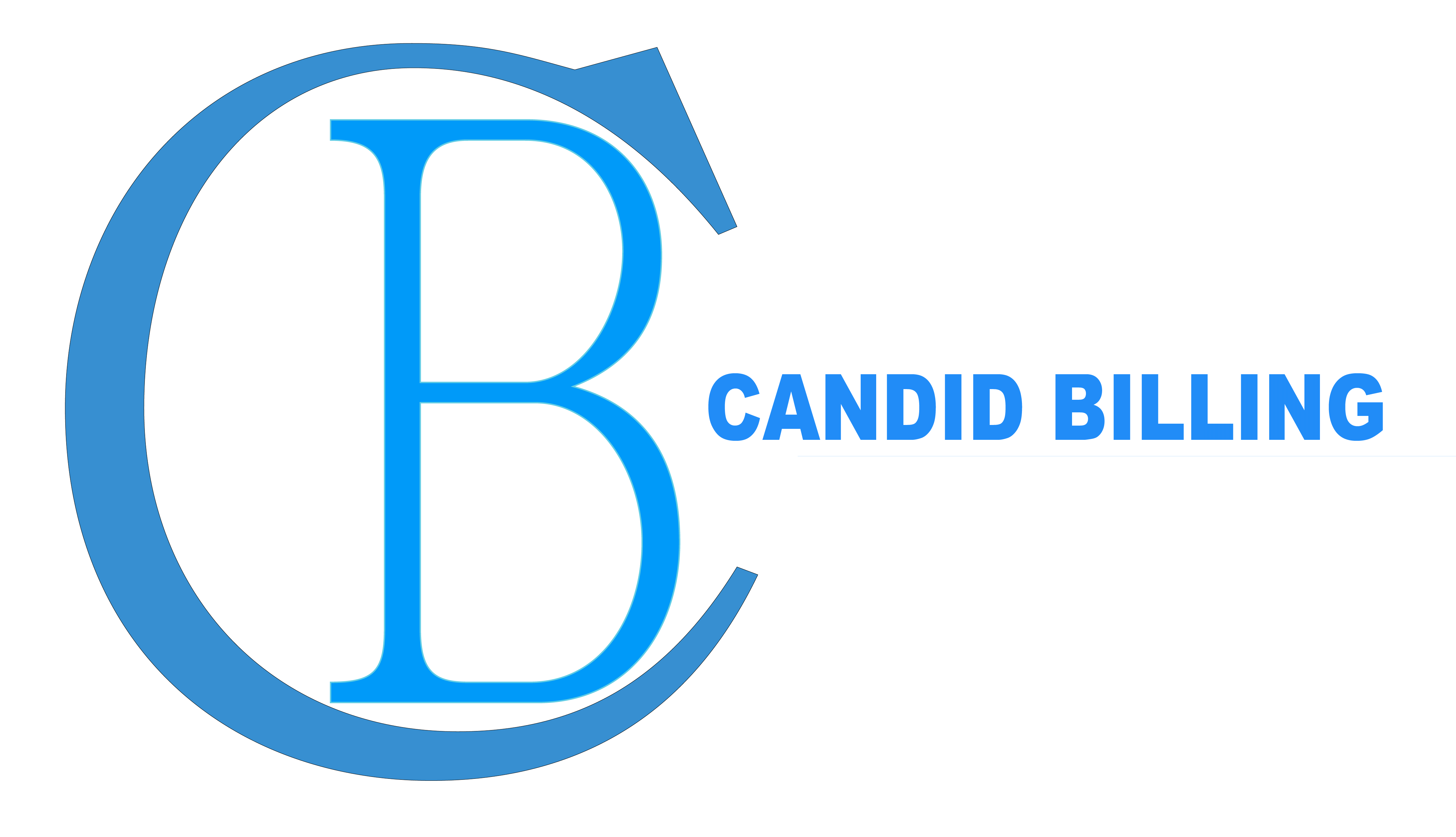Medical Insurance Claims
Medical Insurance Claims
Reports show that up to 80 percent of all medical bills are error-free. This could be a typo or omission of the patient’s name, failure to check whether the patient is insured or not, or a number change in the code. In addition, due to the complexity of the payment and billing processes for medical services, as well as applicable health regulations, in particular health insurance requirements, there are often delays in ensuring that claims are processed quickly. A medical insurance claims is a formal request submitted by a policyholder or healthcare provider to an insurance company for the reimbursement of medical expenses. This process involves detailing the medical services received, including treatments, diagnoses, and procedures, to ensure that the insurance company can evaluate and process the claim accurately.s
POINTS TO ENSURE AN EFFICIENT PROCESSING OF ERROR-FREE CLAIMS TO INCREASE THE PROFITABILITY OF YOUR MEDICAL PRACTICE
When you first start working with claims in your healthcare management process, it is very important to have qualified staff at the front desk who are familiar with Candid billing, as well as the complex details and coverage offered by other insurance companies.
The next step is to find reputable applicants and programmers who know what an ICD-10 code is and what are the correct modifiers to use. Collectors should exercise caution when reviewing and processing claims. This is because it is the most important component of the billing management workflow. A claims handler capable of effectively monitoring claims filing and providing well-documented evidence of disclaimers and disclaimers
Having an in-house or outsourced claims process can help expedite the claims process and increase the profitability of any healthcare facility. Thus, the accurate execution of medical billing and service codes is critical, as refusing or denying a claim can lead to data errors and serious code errors.
CLAIMS UNDERSTANDING THE REVENUE CIRCLE
Before hospitals and healthcare organizations can safely pay for services, they must understand how the various components of health insurance claims management affect reimbursement rates.
“We’re not fixing one little thing, we’re improving a few things and continuing from pre-care to zero process at the same time,” said Nalin Jain, director of consulting services delivery, CTG Health Solutions. Success in the intake cycle or advocate recovery depends on making multiple improvements at the same time.
Successfully rehabilitated healthcare providers may consider integrating the various components of the patient-provider relationship into their overall revenue cycle. However, creating loopholes that could lead to loss or risk remains a possibility.
Divide your clinic or hospital into these five areas to identify what works and what doesn’t in each component, what the industry standards are, how you compare to your peers, where you are located, and how to reach the next level and beyond.
Simply put, the return improvement process starts with learning about the situation. Physicians and hospital workers should focus on three core functional areas: technical, financial, and operational.
The financial aspects relate to accounts receivable (A/R) and collection rate, variance, variance, and variance management. Technical aspects refer to processes, systems, and methods in all aspects of the patient-physician relationship. Finally, the operational aspect concerns the relationship between employees, suppliers, and work processes.
Estimates may vary from month to month, depending on the size of the facility and the number of processes being analyzed. Once completed, hospitals and healthcare organizations can develop improvement plans and metrics to measure performance.
Technology certainly plays a role in improving health care claim processes and reimbursement rates. However, the process responsible for implementing or correcting errors that cause overpayments or underpayments remains irreplaceable.
Synchronize all components that make up the revenue cycle before predicting the reimbursement flow.
IDENTIFIES KEY STAKEHOLDERS AND THE ACTIVITIES IN CLAIMS PROCESSING
Successful claims handling in healthcare facilities consists of qualified personnel and well-controlled procedures. Depending on the structure of your healthcare facility and the billing system used by your healthcare system, hospital, or clinic, one aspect could be the revenue cycle associated with claims processing.
The following is a brief description of the people and activities that are part of the hybrid charging model, which combines centralized and decentralized charging models.

